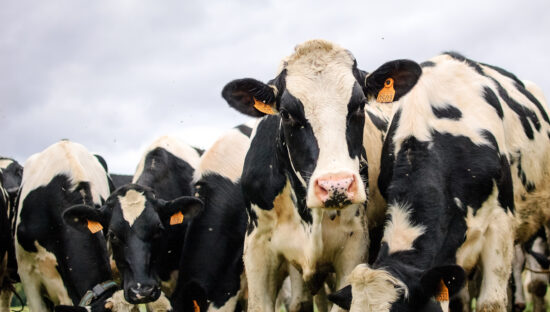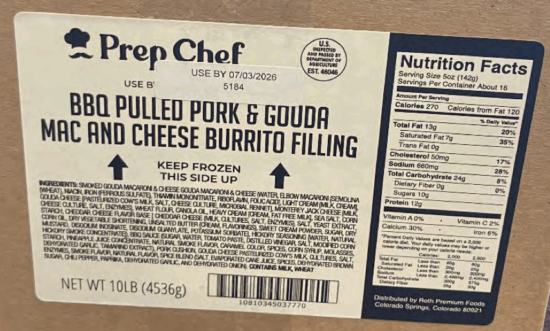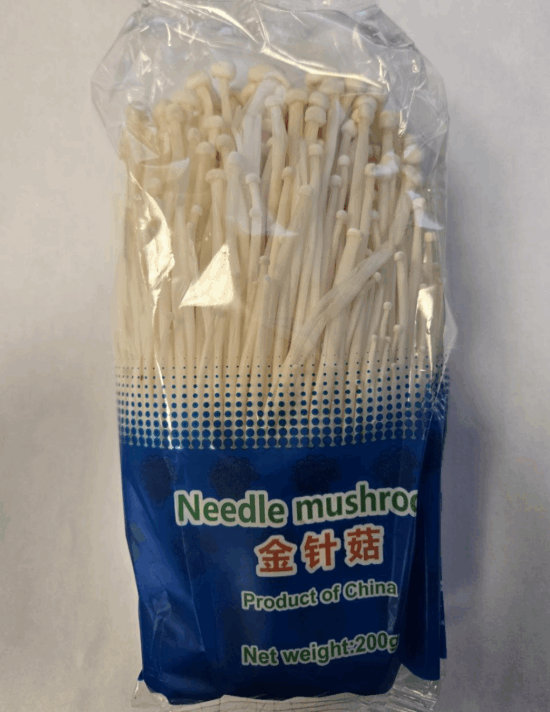Scientists have estimated the economic impact of Salmonella Dublin infections on dairy farms in Denmark.
University of Copenhagen researchers examined Salmonella Dublin across all Danish dairy farms over a 10-year period.
A national eradication plan was launched in 2008. The current infection rate is estimated to be around 5 percent of Danish cattle herds, down from 20 to 25 percent in 2008. Human infection can occur via contact with animals as well as through consuming unpasteurized, raw dairy products and undercooked meat.
Lack of incentives
Jakob Vesterlund Olsen, from the Department of Food and Resource Economics, said one possible reason for not yet reaching the goal is the lack of a strong enough incentive for farmers.
Salmonella Dublin’s asymptomatic nature in cattle discourages farmers from implementing control measures. Incentives could include offering subsidies to those who invest in prevention, early detection and control measures, or introducing a discounted price for milk from chronically infected herds.
According to the Statens Serum Institut, 20 to 30 human cases are recorded annually in Denmark.
The study, published in the journal Agricultural Economics, used data from 2011 to 2020 and showed that Salmonella Dublin leads to increased calf mortality, lower milk yield, higher medication costs and more veterinary treatments.
Cattle farms with high levels of infection face average additional annual costs of around €11,300 ($13,100). But even herds with low levels of infection face losses. A typical herd of 200 dairy cows with low-level infection incurs extra variable costs of €6,700 ($7,800) per year.
Call to action
“Salmonella Dublin is not just a serious threat in the barn. Globally, it is a potential public health risk that is likely to grow as antibiotic resistance spreads. This is a bacterium that kills people every year, and it is high time we do more to combat it,” said Dagim Belay, assistant professor at the Department of Food and Resource Economics.
“The tricky thing about Salmonella Dublin is that it often flies under the radar. Many herds are infected without visible symptoms, meaning both the disease and the economic losses can develop gradually without being noticed,” said Belay.
Researchers also highlighted a problem in how authorities monitor Salmonella Dublin. The Danish Veterinary and Food Administration measures the level of antibodies against the bacterium in the farm’s milk tank, and if the antibody level is below a certain threshold, the herd is deemed Salmonella-free.
“Threshold-based regulation has been instrumental in helping Denmark substantially reduce the prevalence of Salmonella Dublin to its current low level. But the current threshold is rather arbitrarily set. And our data shows that production losses already occur at infection levels well below that threshold,” said Vesterlund Olsen.
(To sign up for a free subscription to Food Safety News, click here)



